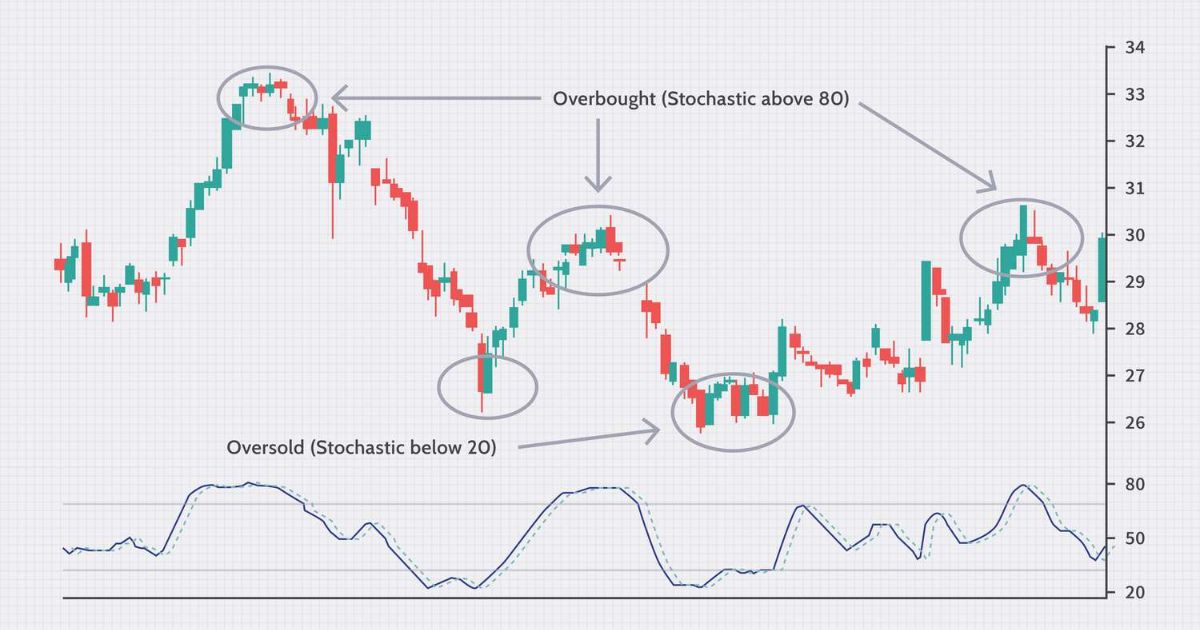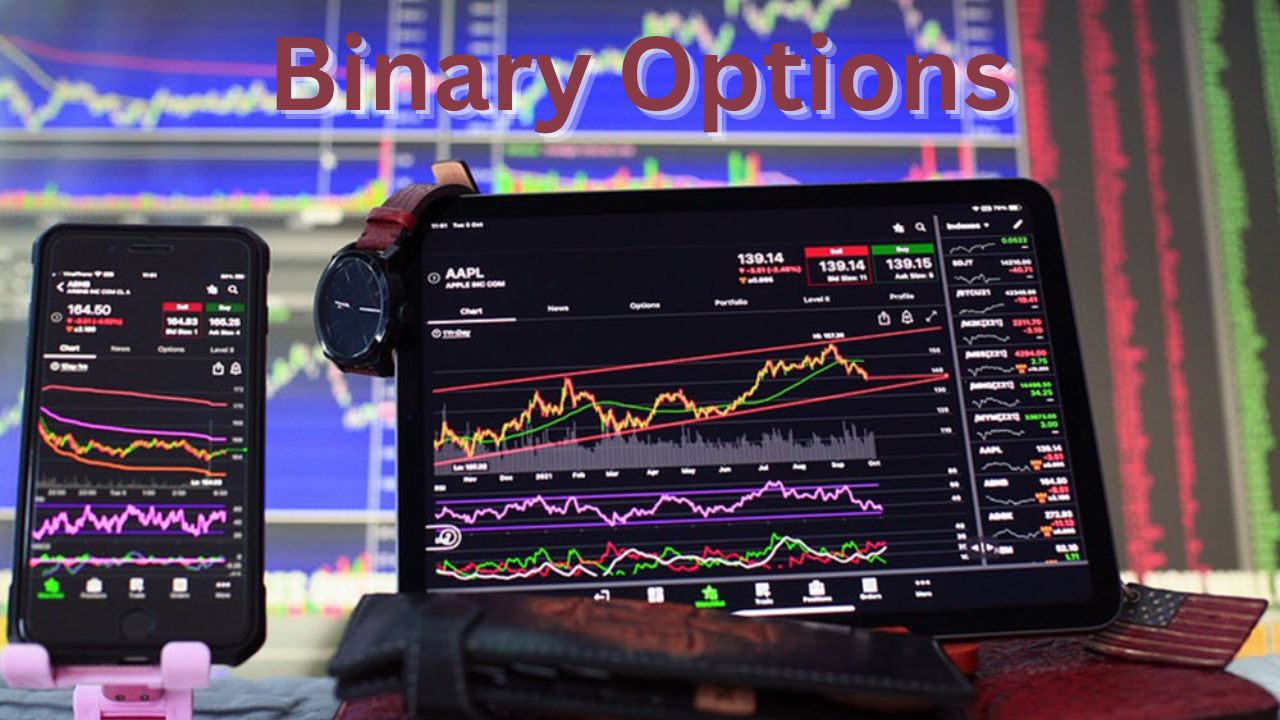Binary options trading is a financial instrument that offers traders a straightforward method to speculate on the price movement of various assets. Unlike traditional trading, where investors purchase and own the underlying asset, traders simply predict whether the price of an asset will rise or fall within a specified time frame, often as short as a few minutes. This simplicity is one of the key attractions trading, making it accessible even to novice traders with limited financial knowledge. However, despite its simplicity, trading carries inherent risks, including the potential loss of the entire investment if the prediction is incorrect.
The Significance of Trading Signals
In the fast-paced world of binary options trading, where timing is critical, trading signals play a crucial role in guiding traders’ decisions. These signals are generated by sophisticated algorithms that analyze market data and identify potential trading opportunities. By providing timely alerts on favorable market conditions, trading signals empower traders to capitalize on profitable opportunities and mitigate losses. Moreover, trading signals can help traders overcome emotional biases and indecision, allowing for more disciplined and strategic trading strategies.
Evolution of Trading Signals Technology
The evolution of trading signals technology mirrors the broader advancements in financial technology (fintech) and data analytics. Traditionally, trading signals were generated based on simple technical indicators such as moving averages and trend lines. However, with the advent of big data analytics and machine learning, signal generation has become increasingly sophisticated. Today, advanced algorithms analyze vast amounts of market data, including price movements, volume, and volatility, to identify patterns and trends that human traders may overlook. This enhanced analytical capability has led to more accurate and reliable trading signals, driving efficiency and profitability in Binary options trading.
Key Components of Signal Generation
Signal generation involves a multifaceted process that integrates various components, each playing a crucial role in determining the quality and accuracy of the signals generated. These components include data analysis techniques, machine learning algorithms, and market indicators. Data analysis techniques involve the collection and processing of historical market data to identify patterns and trends. Machine learning algorithms, on the other hand, utilize advanced statistical models to analyze data and make predictions based on learned patterns. Finally, market indicators such as moving averages, relative strength index (RSI), and Bollinger Bands provide additional insights into market dynamics and help validate trading signals.
Common Signal Generation Strategies

Signal generation strategies in Binary options trading can be broadly categorized into three main types: trend-following, mean reversion, and volatility-based strategies. Trend-following strategies aim to capitalize on sustained price movements in the direction of the prevailing trend. Mean reversion strategies, on the other hand, exploit temporary deviations from the long-term trend, anticipating a return to the mean. Volatility-based strategies focus on identifying periods of heightened volatility and profiting from price fluctuations. Each strategy has its unique characteristics and suitability depending on market conditions and trader preferences.
Accuracy and Reliability of Trading Signals
The accuracy and reliability of trading signals are paramount considerations for traders seeking consistent profitability. While no signal is infallible, several factors influence the quality of signals generated. These include the robustness of the underlying algorithms, the quality and freshness of the data used, and the track record of the signal provider. Additionally, traders should conduct thorough backtesting and validation of signals before incorporating them into their trading strategies. By evaluating the historical performance and consistency of signals, traders can gain confidence in their reliability and make informed decisions accordingly.
Integration of Artificial Intelligence
Artificial intelligence (AI) has revolutionized signal generation in Binary options trading, enabling more sophisticated analysis and prediction capabilities. Machine learning algorithms, in particular, excel in identifying complex patterns and relationships in market data, leading to more accurate and timely trading signals. By continuously learning from new data and adapting to changing market conditions, AI-powered systems can improve signal accuracy and effectiveness over time. Moreover, AI algorithms can automate the process of signal generation, allowing for real-time analysis and faster decision-making, thereby enhancing trading efficiency and profitability.
Automation in Signal Execution
Automation has emerged as a game-changer in signal execution, offering traders the ability to execute trades automatically based on predefined criteria. Automated trading platforms, also known as trading robots or expert advisors, can monitor markets 24/7 and execute trades without human intervention. This automation streamlines the trading process, eliminates emotional biases, and ensures consistency in trade execution. However, automated trading also poses risks, including technical glitches, connectivity issues, and the potential for over-reliance on algorithmic strategies. Therefore, it is essential for traders to implement robust risk management measures and monitor automated systems closely to mitigate these risks effectively.
Regulatory Landscape
The Binary options industry operates within a complex regulatory landscape, with regulatory requirements varying significantly across jurisdictions. While some countries have implemented strict regulations to protect investors and ensure market integrity, others have adopted a more lenient approach, leading to concerns about investor protection and market manipulation. In regulated markets, signal providers are required to adhere to stringent licensing and compliance requirements, including transparency in pricing, disclosure of risks, and segregation of client funds. Additionally, regulatory authorities may impose restrictions on certain trading practices, such as high-frequency trading and binary options trading, to safeguard investor interests and maintain market stability.
Risks and Challenges

Despite the potential for profitability, trading signalscarry inherent risks and challenges that traders must navigate carefully. Market volatility, characterized by rapid price fluctuations and unpredictable movements, can amplify trading risks and lead to significant losses. Moreover, over-reliance on trading signals without proper understanding of market fundamentals and technical analysis can expose traders to heightened risks of erroneous decision-making. Additionally, the proliferation of automated trading systems poses challenges related to system reliability, connectivity issues, and susceptibility to cyber threats. Therefore, it is essential for traders to exercise caution, conduct thorough risk assessment, and continuously monitor market conditions to mitigate these risks effectively.
Future Trends and Innovations
Looking ahead, the future of signal technology in Binary options trading is ripe with possibilities, driven by emerging trends and innovations in financial technology. Big data analytics, powered by advancements in data processing and storage, will enable deeper insights into market dynamics and more accurate prediction of price movements. Blockchain technology, with its inherent transparency and security features, holds the potential to revolutionize trade execution and settlement processes, reducing counterparty risks and enhancing market efficiency. Moreover, predictive analytics, fueled by AI and machine learning, will enable traders to anticipate market trends and make proactive decisions, thereby staying ahead of the curve and maximizing profitability.
FAQs
How do trading signals work?
Trading signals are generated through thorough market analysis, utilizing various data analysis techniques and algorithms to identify potential trading opportunities. These signals are then delivered to traders, who can use them to inform their trading decisions.
Are trading signals reliable?
The reliability of trading signals depends on several factors, including the quality of data, the robustness of algorithms, and the track record of signal providers. While no signal is infallible, diligent research and evaluation can help traders identify reliable sources.
What role does artificial intelligence play in signal generation?
Artificial intelligence, particularly machine learning algorithms, plays a crucial role in signal generation by analyzing vast amounts of market data and identifying patterns that human analysts may overlook. AI-powered systems can adapt to changing market conditions and enhance signal accuracy.
How can traders mitigate risks associated with trading signals?
Traders can mitigate risks associated with trading signals by diversifying their trading strategies, conducting thorough due diligence on signal providers, and implementing robust risk management practices. Additionally, staying informed about market trends and developments is essential for making informed decisions.
Conclusion
In conclusion, the technology powering trading signals in Binary options represents a convergence of cutting-edge technology, data analytics, and market expertise. By harnessing the power of advanced algorithms, machine learning, and artificial intelligence, traders can gain valuable insights into market trends, identify profitable trading opportunities, and make informed decisions with confidence. However, success in Binary options trading requires diligence, discipline, and continuous learning.
